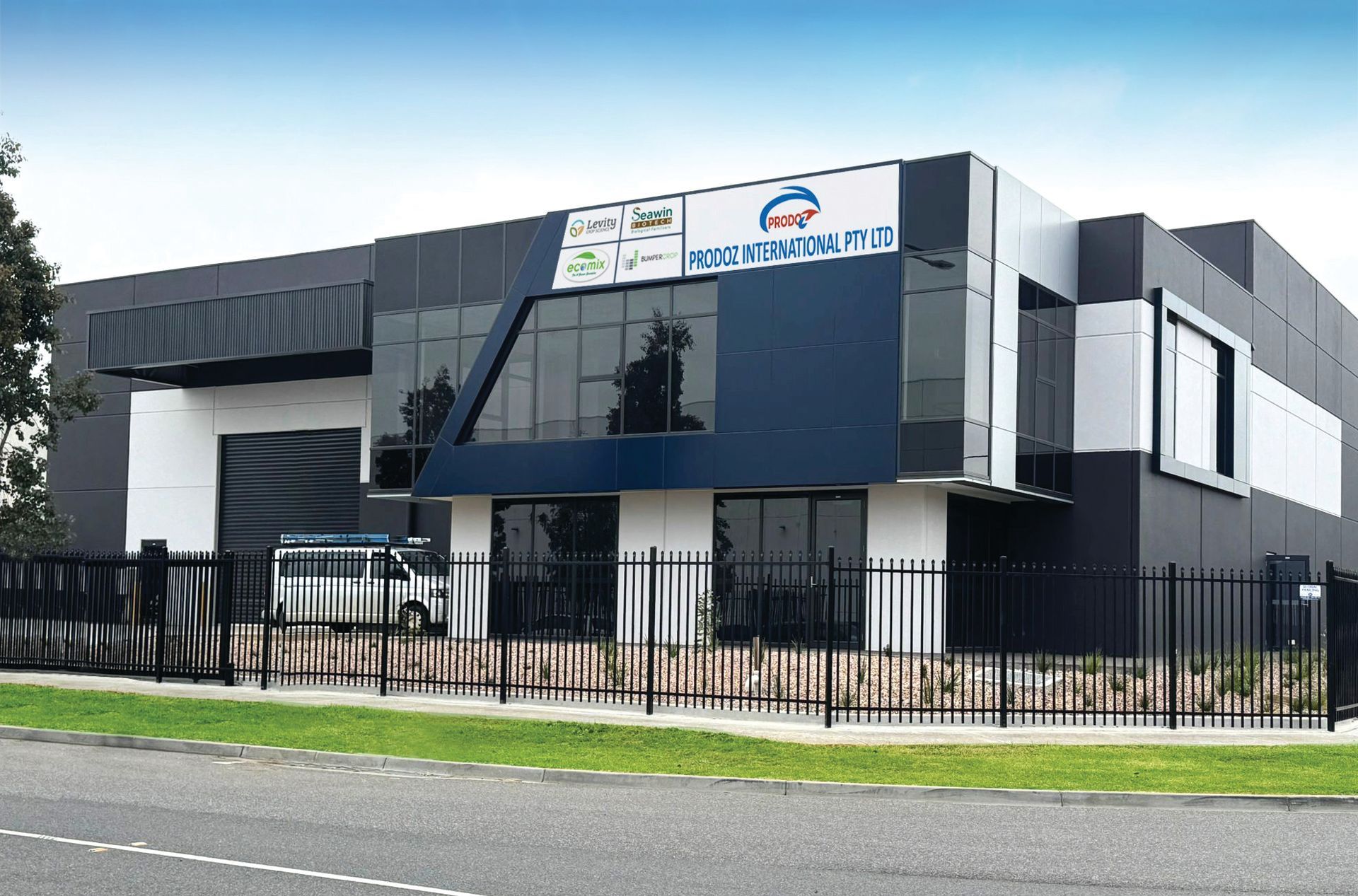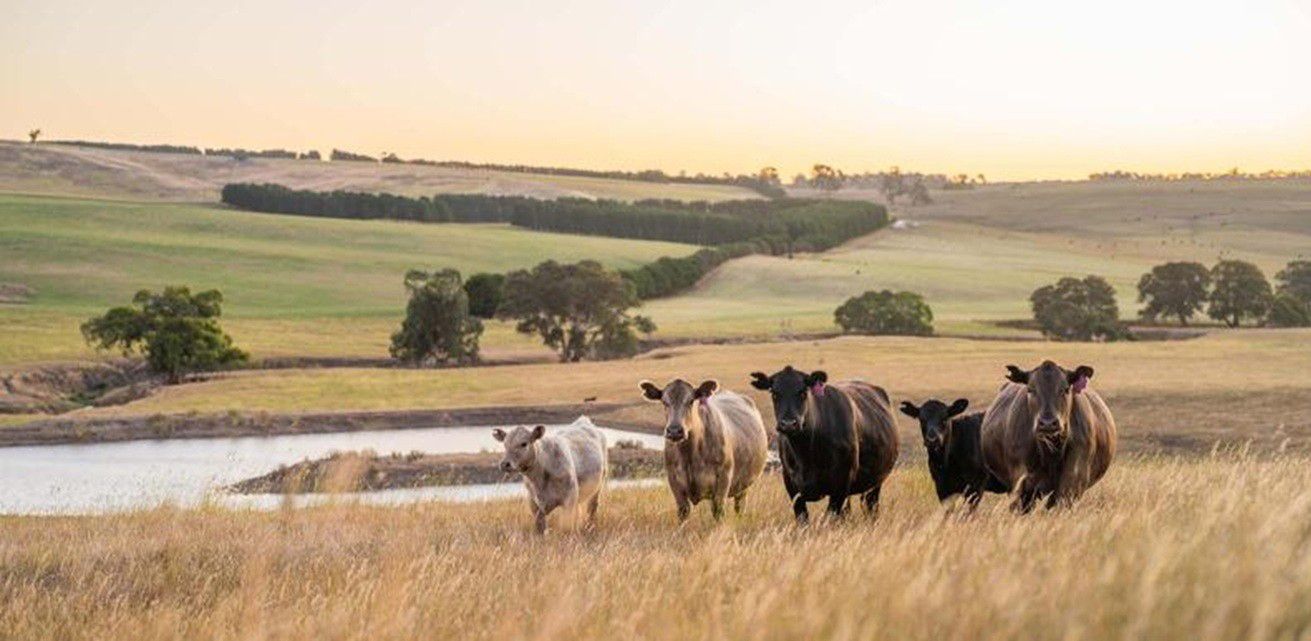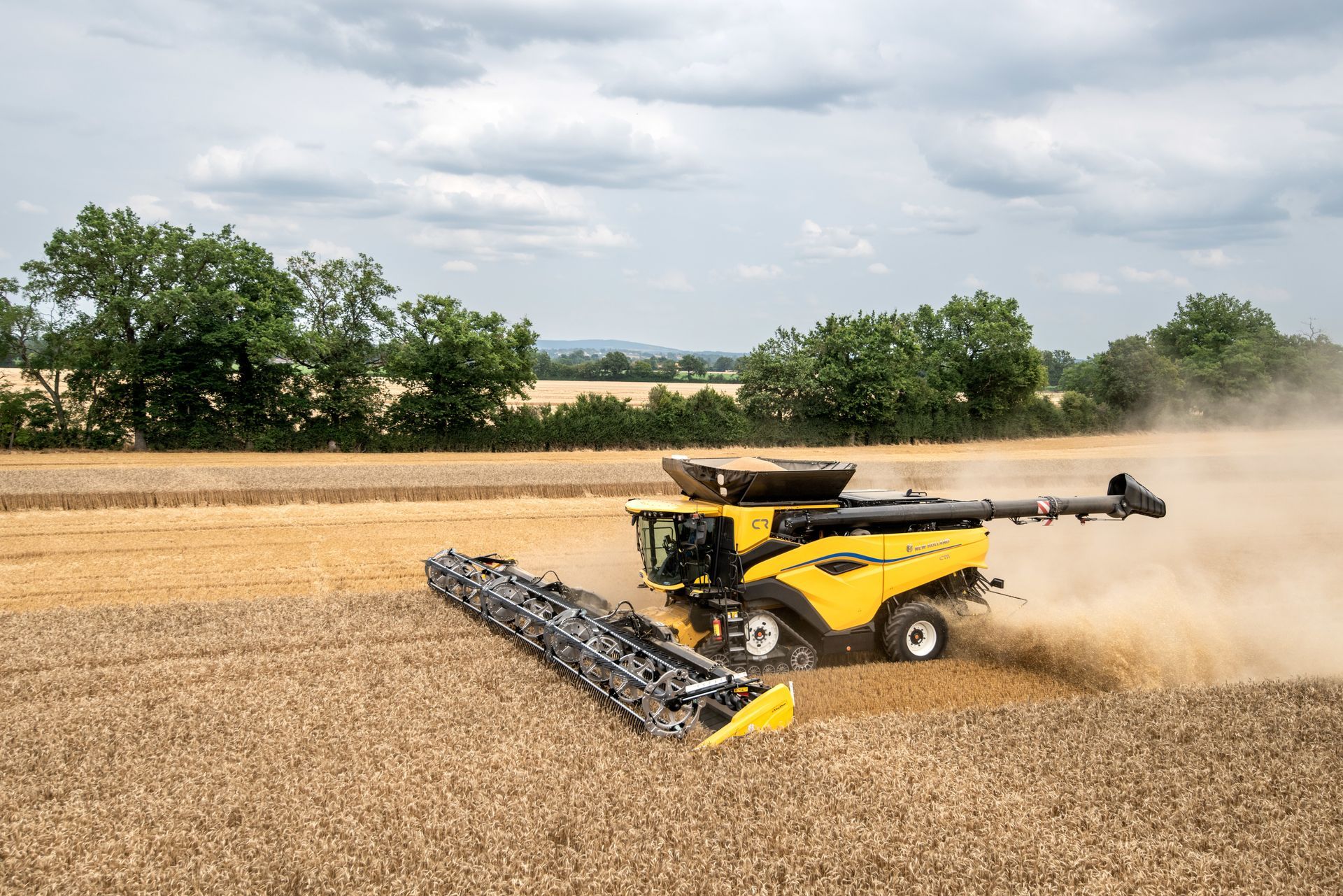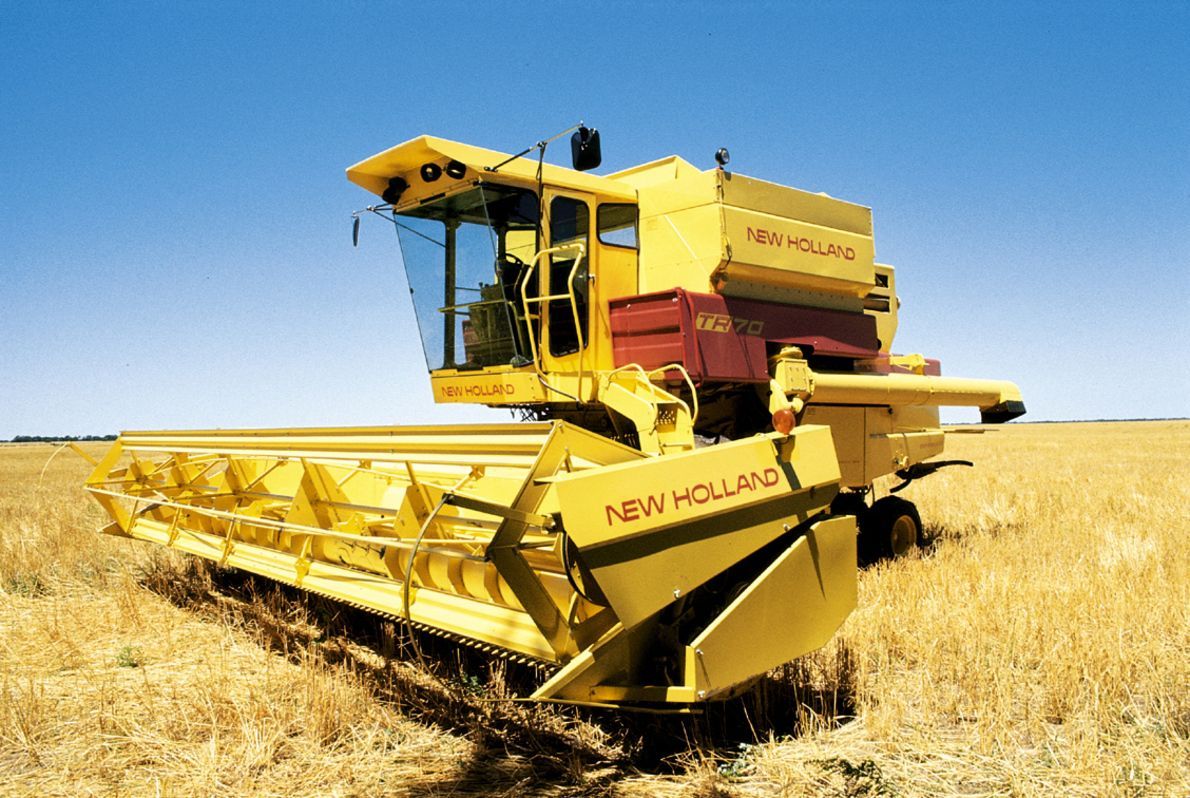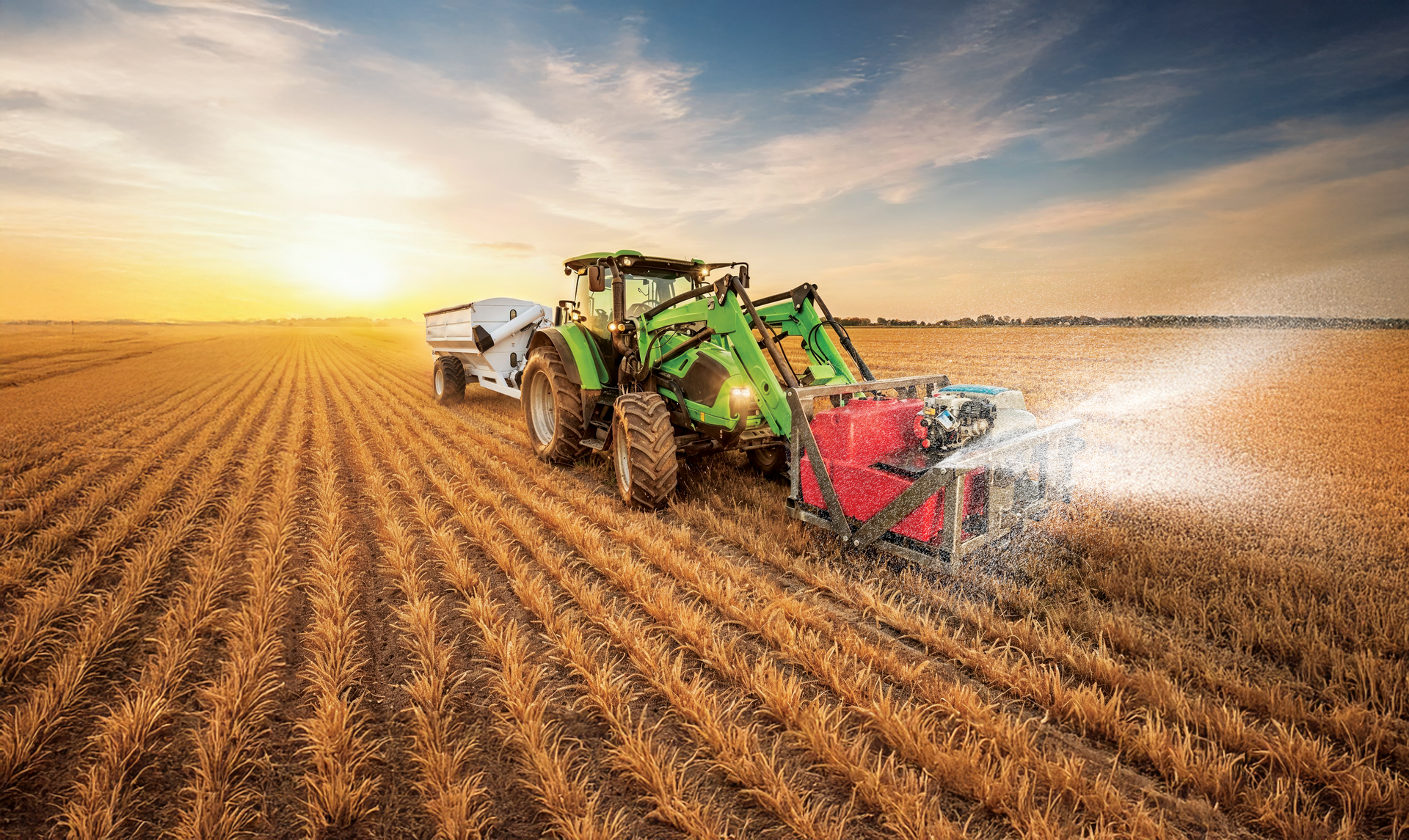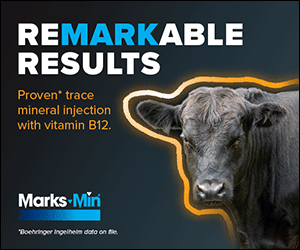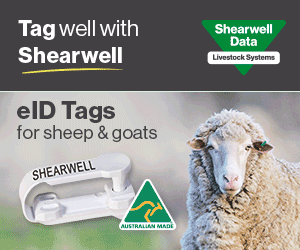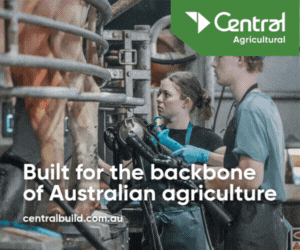1MG FlippingBooks
New Holland celebrates a half-century of Twin Rotor combines
2025 marks 50 years since TR70 model launched in 1975. Since this time, New Holland has led industry innovation in combine technology with:
- The first self-leveling cleaning system on a rotary combine in 2002
- Breaking the 8-hour wheat harvest world record in 2014
- The latest CR10 and CR11 twin rotor combines entering production in 2025
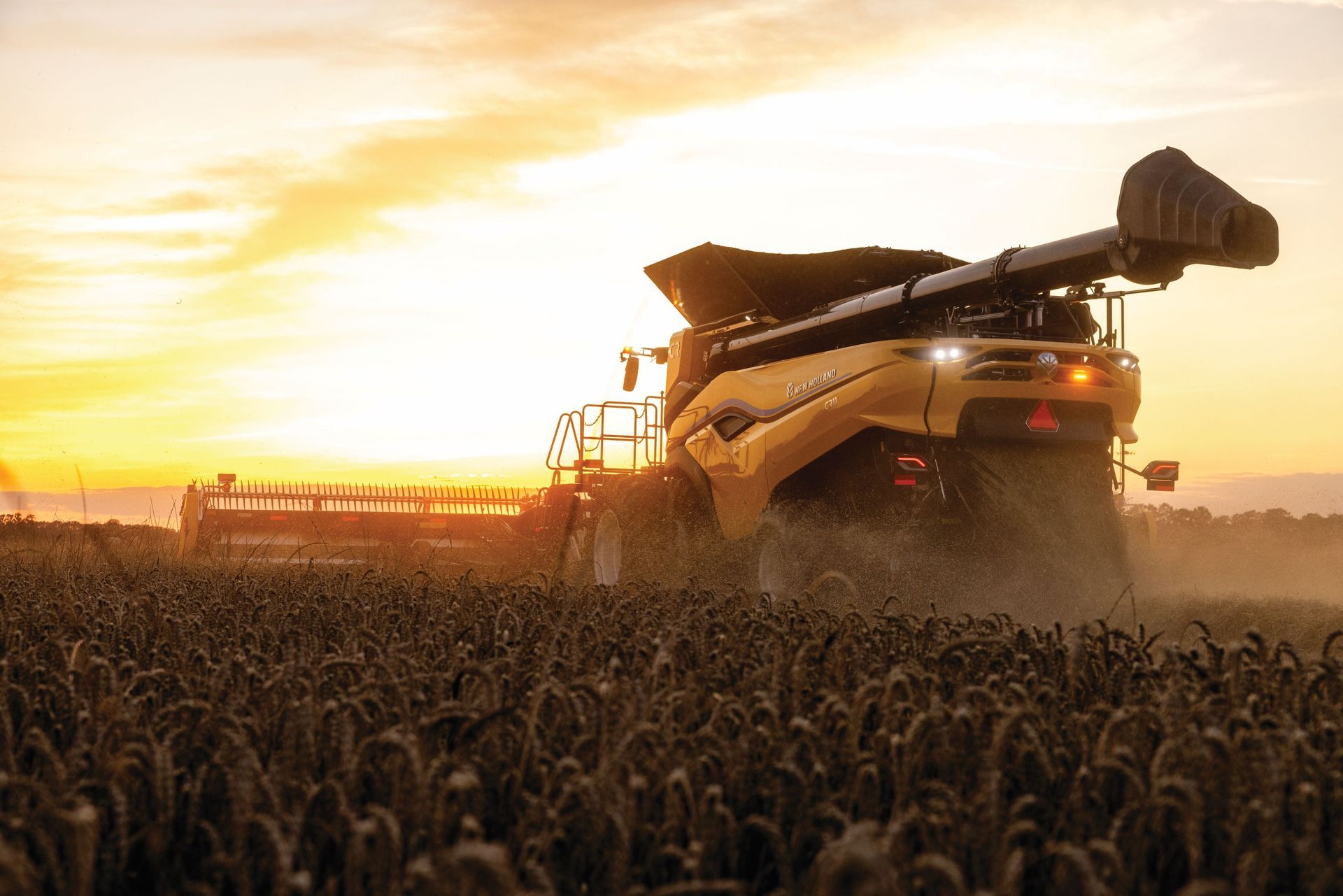
With harvest season beginning across Australia, New Holland is marking the 50th year since introducing the first combine featuring the brand’s Twin Rotor threshing and separation technology.
New Holland’s twin rotor product line has grown from the launch of the TR70 combine in 1975 to a complete range today, led by the new CR10 and CR11.
CNH Product & Portfolio Manager – Crop Harvesting ANZ, Marc Smith said New Holland has refined the twin rotor concept for five decades.
“The twin rotor technology represents a significant innovation in combine harvester design, showing how a machine can harvest grain more efficiently,” he said.
“The twin rotor system can tackle any type of crop, producing large amounts of centrifugal force creating grain on grain threshing, superior grain quality and high performance in small grains.
“IntelliSense automation can alter the pitch of rotor vanes without completely changing the concave setup, so it can slow crop material down if needed, keeping it in there longer or speeding it up if over threshing the material.
“The twin rotor design continues to be the cornerstone of our product performance, helping farmers maximise their combines efficiency,” Marc said.
Over 70,000 TR and CR Twin Rotor combines have been produced globally to date. New Holland’s Centre of Harvesting Excellence in Zedelgem, Belgium, has recently undergone significant investment and upgrading for production of the latest CR10 and CR11 models.
New Holland enters the combine market
Well-known for its expertise in grassland farming products such as balers and forage harvesting equipment, New Holland, then primarily a US-based manufacturer, entered the combine market in 1964 when it acquired Belgian company Claeys, which had introduced its first self-propelled combine in 1952.
Over the decade that followed the acquisition, New Holland continued to develop the conventional straw-walker combine line it had acquired, but during the 1960s began to investigate new ways of threshing and separating grain to boost output, increase cleanliness and reduce losses.
The first Twin Rotor combine
To do this, New Holland engineers studied centrifugal force and its potential for separating grain from plant matter, an innovative concept distinctly different from the drum/concave and straw-walker traditional method of threshing and separation.
The first development machine, adapted from a 985 straw-walker model from the Claeys factory in Belgium, was trialled in corn in 1968, and wheat the following year.
The trials showed benefits from splitting the incoming crop flow from the elevator/feeder house into two streams, feeding it into two counter-rotating longitudinal rotors working against longitudinal concaves that consisted of threshing sections followed by separation sections. The high speed of the rotors meant centrifugal force ejected much of the grain through the concaves, minimising grain damage when compared to conventional drum and concave threshing, and minimising losses when set against straw-walker separation.
By 1969, a totally new combine design with these internal elements was under test, and in 1975 the first production model, the TR70 with a 145hp engine and 5,550-litre/158-bushel grain tank, was launched – the first New Holland combine built in the USA. In 1979 it was replaced by the upgraded TR75, and joined by a larger companion, the TR85. Over the next two decades the range evolved, with the 25,000th TR combine produced in 1997.
European high-capacity combine development had taken a separate path with the development of the Twin-Flow combines introduced in 1983. These used a conventional drum and concave followed by a large beater and rotary separator and then a lateral Twin Flow rotor that split the crop into two streams to separate the final grains.
However, by the late 1990s New Holland engineers in Europe and North America began work on a totally new Twin Rotor design that would meet the needs of farmers around the world in all types of combinable crop.
Introduced in 2002 and blending key features from the TR and TF machines with new developments and styling, the new 333hp CR960 and 428hp CR980 were initially built in the USA, before production was transferred in 2005 to the Zedelgem plant in Belgium.
The CR960 featured twin rotors of 432mm/17in diameter, with larger 560mm/22in diameter units on the CR980, which had a 12,500-litre/355-bushel grain tank. Operators benefited from a completely new cab design. The range was gradually expanded, and introduced features including IntelliSense combine automation, Dynamic Flow Control remotely adjustable rotor vanes, Dynamic Feed Roll technology and Opti-Spread Plus residue management.
Development of the Elevation models in 2007 introduced IntelliCruise feed rate control for maximum output, and Opti-Clean cleaning technology to further enhance grain cleanliness. These and other innovations have earned the TR and CR combines multiple industry awards throughout the world.
The next development was the CR7.90, CR8.90, CR9.90 and CR10.90 models, with the latter machine in 2014 taking the Guinness World Record for the most wheat harvested in eight hours, at 797.656 tonnes (29,308 bushels). The record still stands today.
The New Holland CR combine range is now topped by the recently introduced CR11 (775hp, 20,000-litre/567-bushel tank capacity) and CR10 (634hp, 16,000-litre/454-bushel grain tank) models.
Like their forebears, they continue to incorporate proven Twin Rotor technology, but have more capacity than ever, with greater power and tank volume matched by rotors with a diameter of 600mm/24in and a length of 3,600mm/142in, to maximise crop handling capacity, ensure thorough threshing and separation, and protect grain quality.
Global events and initiatives are planned during 2025 to celebrate #TwinRotor50, while owners and operators are encouraged to share their memories of working with these machines at https://wkf.ms/41evGY8.
